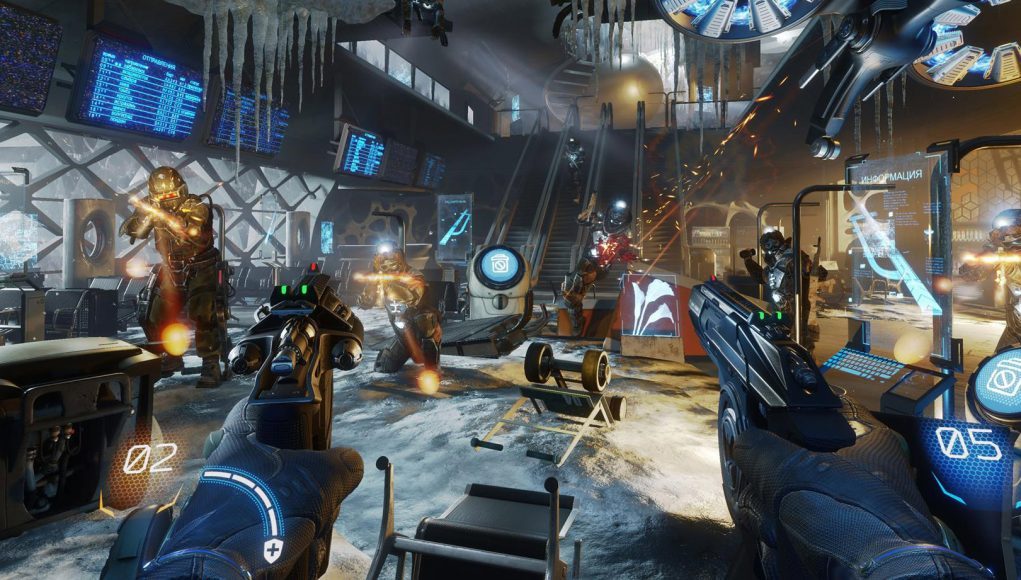The Art of Faking and Optimizing
The most important thing to remember about creating effects for VR is the art of faking and optimizing, because on the one hand they should be voluminous, and on the other hand, any real simulation will damage performance and the balance is important if you really want to get some quality.
There are several tips for optimizing a game:
- Use RGB channels wisely. Often for the same smoke you only need one of the channels, while the remaining ones you can use, for example, for a map of brightness or transparency.
- Try not to use lit particles too often, just for noticeable cases.
- Remember about overdraw. Try to use quality, not quantity of each particle, minimizing the overall counter.
- Do not make highly recognizable unique sprites, it is better to get a picture inside the editor than initially rendering a beautiful sequence. This way you can repeatedly use one texture, without making it deliberately noticeable.
- If there is an opportunity to do something procedural with a shader, do it. Less used textures, less problems with streaming.
- If you have a collision of particles with static, try to minimize it by all means, or, by having a constant distance, break the effect into two different ones—drop and rebound—this way you reduce the calculation of collisions.
- Do not use distortion with shots.
The game is still in production, so I was able to show only a small part of the content and if the topic seems interesting to you, I can share more in the future.
– – — – –
Arktika.1 is due to launch for the Oculus Rift in Q3 2017.
This article was originally shared on 80 Level, and is published here with permission from 4A Games.







